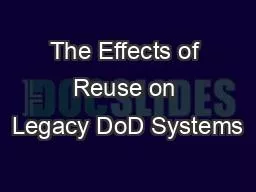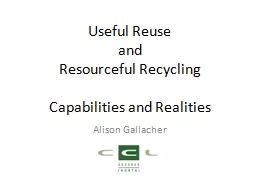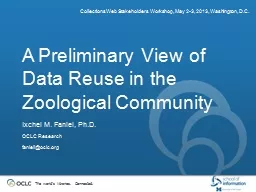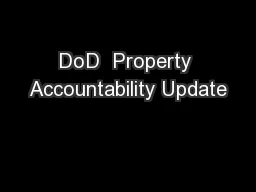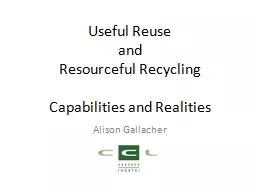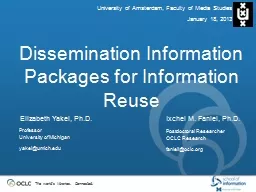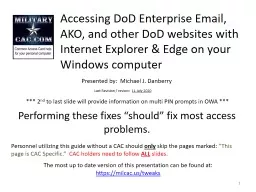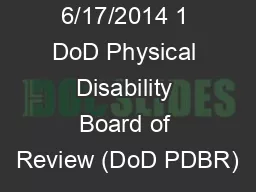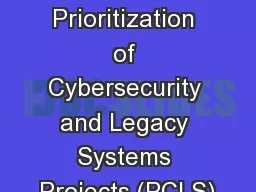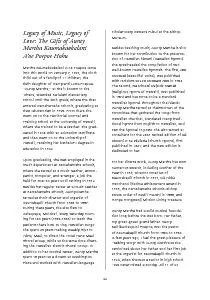PPT-The Effects of Reuse on Legacy DoD Systems
Author : bitechmu | Published Date : 2020-08-07
By Meredith Eiband Dr Tom Holzer Dr Tim Eveleigh amp Dr Shahryar Sarkani April 23 2012 This material is abstracted from a dissertation currently in work for The
Presentation Embed Code
Download Presentation
Download Presentation The PPT/PDF document "The Effects of Reuse on Legacy DoD Syste..." is the property of its rightful owner. Permission is granted to download and print the materials on this website for personal, non-commercial use only, and to display it on your personal computer provided you do not modify the materials and that you retain all copyright notices contained in the materials. By downloading content from our website, you accept the terms of this agreement.
The Effects of Reuse on Legacy DoD Systems: Transcript
Download Rules Of Document
"The Effects of Reuse on Legacy DoD Systems"The content belongs to its owner. You may download and print it for personal use, without modification, and keep all copyright notices. By downloading, you agree to these terms.
Related Documents

